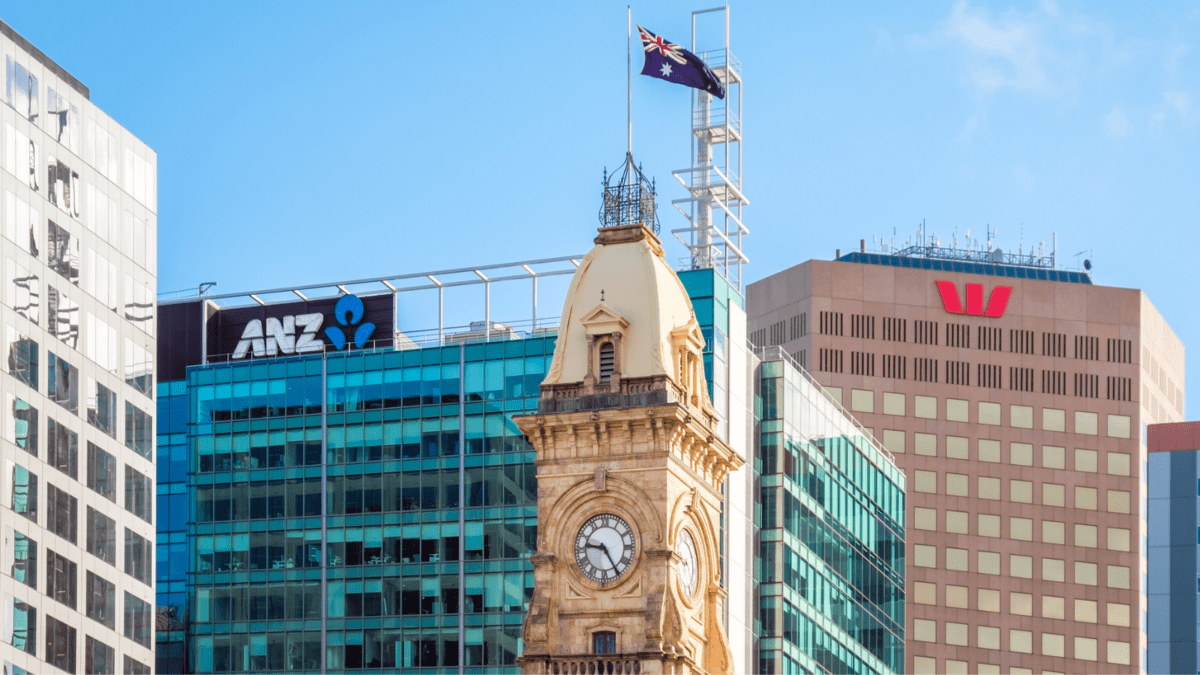Self-funded retirees could be big losers in APRA’s hybrid proposal
Self-funded retirees could be the innocent victims of the Australian Prudential Regulation Authority’s (APRA) proposal to phase out hybrid bonds to shore up the stability of the banking system in any future financial crisis.
In a discussion paper, APRA proposes discontinuing AT1 capital instruments – what investors call hybrids – and replacing them with cheaper and more reliable forms of capital that would absorb losses more effectively in a financial meltdown such as the GFC.
But these mooted changes, in part prompted by several US and European banking crises in 2023, come to pass, they will deprive many self-funded retirees of an asset that has become a vital ingredient in many portfolios.
Three financial advisers confirmed with The Golden Times that hybrids were an essential investment option for many of their clients, with Graeme Bibby (pictured, right), the chief investment officer of the Melbourne-based Partners Wealth Group, saying many of their SMSF clients have bank hybrids as part of a broadly diversified portfolio, seeing them as part of their defensive or income allocation.
Similar sentiments about the appeal of hybrids as a defensive, income-generating asset were expressed by his adviser counterparts.
“Many of our retail clients are attracted to the yield and franking credits that hybrids offer. We don’t mind complementing our fixed income portfolio with them,” says Adelaide-based Stellan Capital portfolio manager David Leon (pictured, left).
It’s not hard to discern the investment appeal – it’s largely the yield, with the current running yield on ANZ’s hybrid (ASX:AN3PI), for example, being 7.05 per cent.
“It’s a combination of the yield and the issuer that attracts investors, especially DIY investors who may not fully grasp the difference between a bank product such as a term deposit, a secured bond and what is technically a convertible preference share (hybrids),” Leon says.
In addition to the higher yield, Bibby says some investors prefer hybrids for their floating rate structure, a factor that has gained in importance over the past three years as rates have risen sharply. Rising rates in a resilient economy has hurt the returns on fixed rate income securities as yields have risen, driving prices lower.
Meanwhile, hybrids have benefitted from the rising yields while the resilient economy has also kept credit spreads tight, meaning that prices have remained relatively stable. The franking credits that form a part of the hybrid distributions also have tax benefits for some investors.
The importance of the floating rate structure is emphasised by Glynn Phillips, the Hobart-based adviser with Falconer Advisers, who argues it’s been critical during this inflationary period.
“But holding duration through fixed rate instruments is also important, as is the timing of rotating from floating rate to fixed rate, or, at least, the weighting of fixed versus floating. And the quality of issuer always matters. In a falling interest rate environment, I would expect more fixed rate issuance as that will be more attractive to the market.”
All three are conscious of the fact that self-funded retirees opting for hybrids often don’t fully comprehend the risk, with many relying on the fact those issued by big financial institutions have an aura of invincibility that APRA, for one, obviously doesn’t agree with.
Phillips says the onus is on advisers to manage the risk relative to each SMSF’s investment strategy. That said, he remains relatively sanguine about hybrids.
“I would prefer to be in a Macquarie hybrid than be late to the private credit party. Private credit is a crowded trade with limited transparency of the credit quality relative to the bank sector where there are APRA reporting requirements and capital adequacy parameters.”
Leon’s chief concern is that the market doesn’t fully appreciate that hybrids aren’t necessarily low-risk investments compared with other fixed income securities. It’s common for DIY investors to overlook where hybrids sit in the credit stack and the risks that come with them, and there’s a need for more education in this space.
There is also a common misconception that bank hybrids are a like-for-like replacement to bonds. It is important to understand that the higher yield is a function of the higher risk associated with bank hybrids being convertible to bank shares if a trigger event occurs.
There is a consensus among this adviser cohort that the strength of the domestic banking system has convinced investors about the resilience of hybrids in the current environment.
But Bibby cautions that listed hybrids may be mispriced, given that the spreads and yields of listed hybrids that tend to be owned and traded by retail investors are generally lower than unlisted hybrids that are not easily accessible to retail investors.
If the APRA axe does fall on hybrids, what are the likely investment options? Non-bank lenders such as Qualitas or the Metrics Master Income Trust (ASX:MXT) are one option, while investments such as syndicated loans, asset-backed securities and private credit are becoming more accessible to SMSF investors.
Even within these broad sub-asset classes, there is a variety of options. Bibby says private credit can range from corporate loans to commercial mortgage-backed securities, and even to niche segments such as music royalties.









